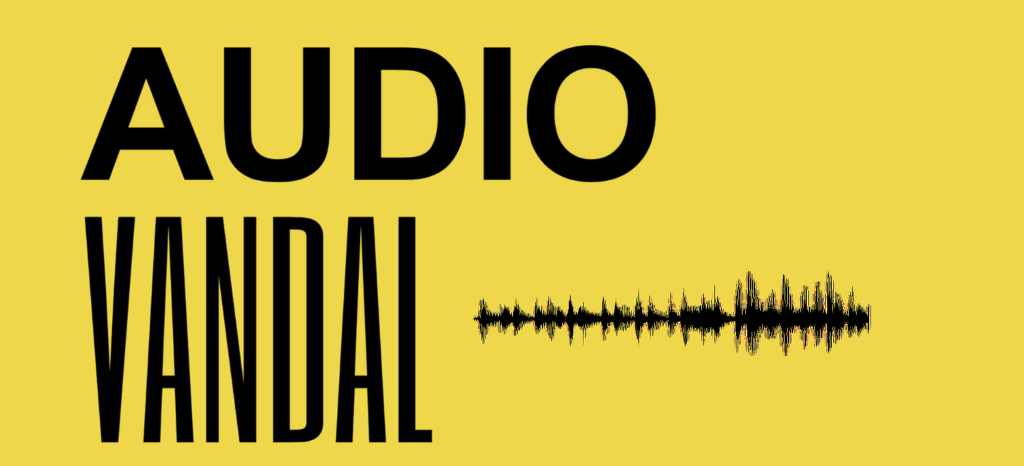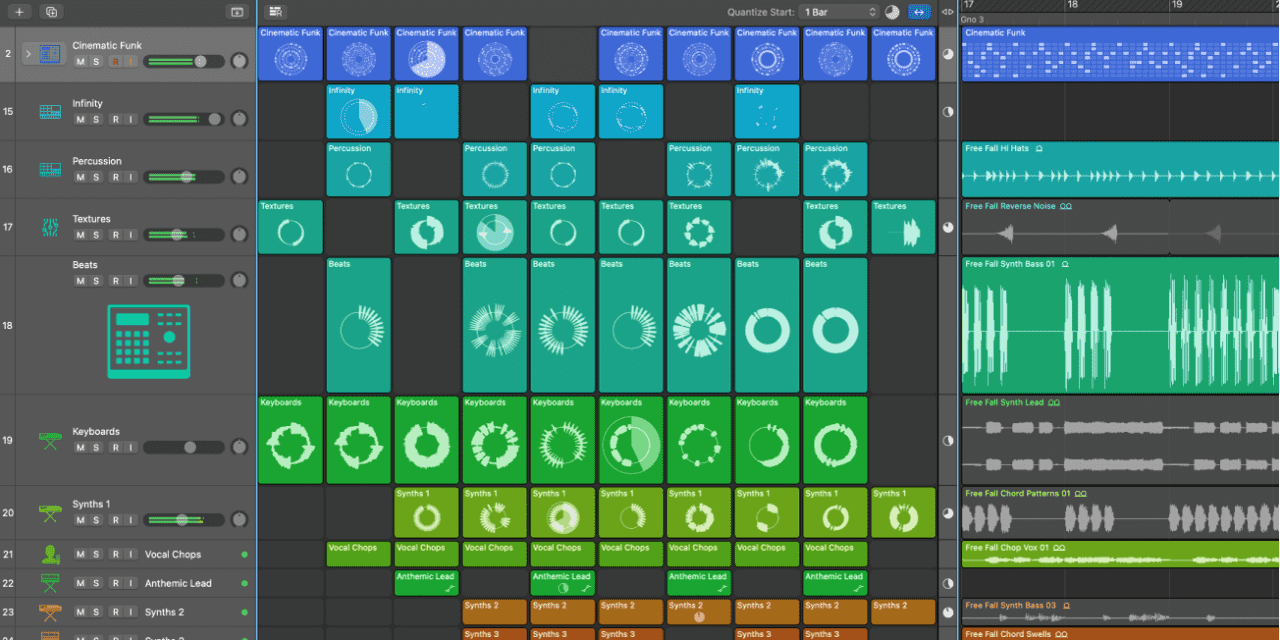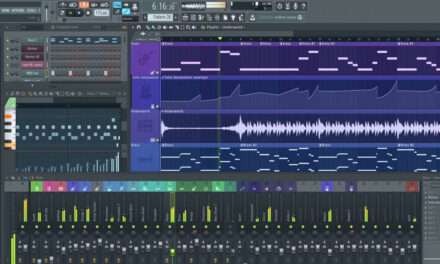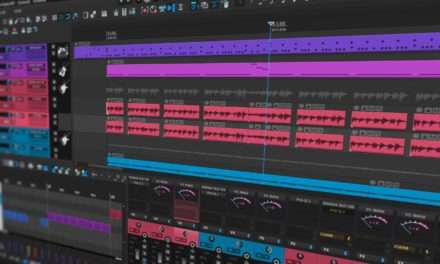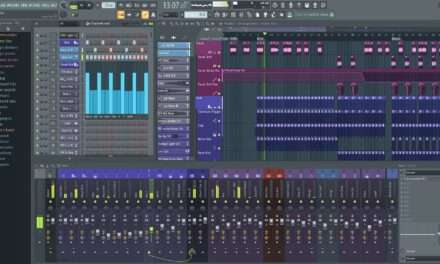When it comes to digital audio workstations (DAWs), Logic Pro is a name that resonates with musicians, producers, and audio engineers around the world. Known for its powerful features, intuitive workflow, and seamless integration with the Apple ecosystem, Logic Pro has become a cornerstone of modern music production. But how did this iconic DAW come to be? In this blog post, we’ll explore the fascinating history of Logic Pro, from its humble beginnings to its current status as a must-have tool for creators.
The Early Days: Notator Logic and Emagic
The story of Logic Pro begins in the late 1980s with a German software company called C-Lab, which later became Emagic. C-Lab initially developed Notator, a MIDI sequencing software for the Atari ST computer. Notator was groundbreaking for its time, offering musicians a way to program and arrange music using a graphical interface.
In 1993, Emagic released Logic, a more advanced version of Notator that combined MIDI sequencing with audio recording capabilities. This marked the beginning of Logic’s evolution into a full-fledged DAW. Over the next decade, Emagic continued to refine Logic, adding features like virtual instruments, audio effects, and support for third-party plugins.
By the early 2000s, Logic had established itself as a serious competitor to other DAWs like Cubase and Pro Tools. Its flexibility, powerful MIDI capabilities, and innovative features made it a favorite among electronic music producers and composers.
The Apple Era: Logic Pro is Born
In 2002, Apple made a bold move that would change the course of Logic’s history: it acquired Emagic for $30 million. This acquisition was part of Apple’s broader strategy to strengthen its position in the creative industries, which also included the development of Final Cut Pro for video editing and GarageBand for beginner musicians.
Under Apple’s ownership, Logic underwent a significant transformation. The software was rebranded as Logic Pro, and its development was tightly integrated with Apple’s hardware and operating systems. This allowed Logic Pro to take full advantage of macOS features like Core Audio and Core MIDI, ensuring a smooth and stable experience for users.
In 2004, Apple released Logic Pro 7, which introduced a host of new features, including the Space Designer convolution reverb, Guitar Amp Pro, and EXS24 Sampler. These tools solidified Logic Pro’s reputation as a professional-grade DAW capable of handling everything from songwriting to post-production.
Logic Pro X: A New Chapter
In 2013, Apple unveiled Logic Pro X, a major update that brought a modernized interface, new features, and improved performance. Logic Pro X was designed to appeal to both professionals and hobbyists, with tools like Drummer, Flex Pitch, and Smart Controls making it easier than ever to create music.
Some of the standout features introduced in Logic Pro X include:
- Drummer: A virtual session drummer that uses AI to generate realistic drum tracks.
- Flex Pitch: A powerful tool for editing the pitch and timing of audio recordings.
- Alchemy: A state-of-the-art synthesizer for sound design and synthesis.
- Live Loops: A grid-based interface for creating and triggering loops in real-time, inspired by Ableton Live’s Session View.
Logic Pro X also introduced a more affordable pricing model. Instead of charging hundreds of dollars for upgrades, Apple made Logic Pro X available for a one-time purchase of $199, with free updates included. This move made Logic Pro X accessible to a much wider audience, further cementing its popularity.
Logic Pro Today: A Powerhouse for Creators
As of 2023, Logic Pro continues to evolve, with regular updates that add new features and improve performance. Recent updates have focused on enhancing Logic Pro’s capabilities for modern music production, including:
- Dolby Atmos Support: Logic Pro now supports immersive audio mixing, making it a top choice for film, gaming, and spatial audio projects.
- Sample Alchemy: A new sampler that combines granular, additive, and spectral synthesis for unique sound design possibilities.
- Live Loops Enhancements: Improved tools for live performance and electronic music production.
- Native Apple Silicon Support: Optimized performance for Apple’s M1 and M2 chips, ensuring lightning-fast performance on the latest hardware.
Logic Pro’s seamless integration with the Apple ecosystem is another key factor in its success. Features like iCloud synchronization, Touch Bar support, and compatibility with GarageBand make it easy for users to work across devices and collaborate with others.
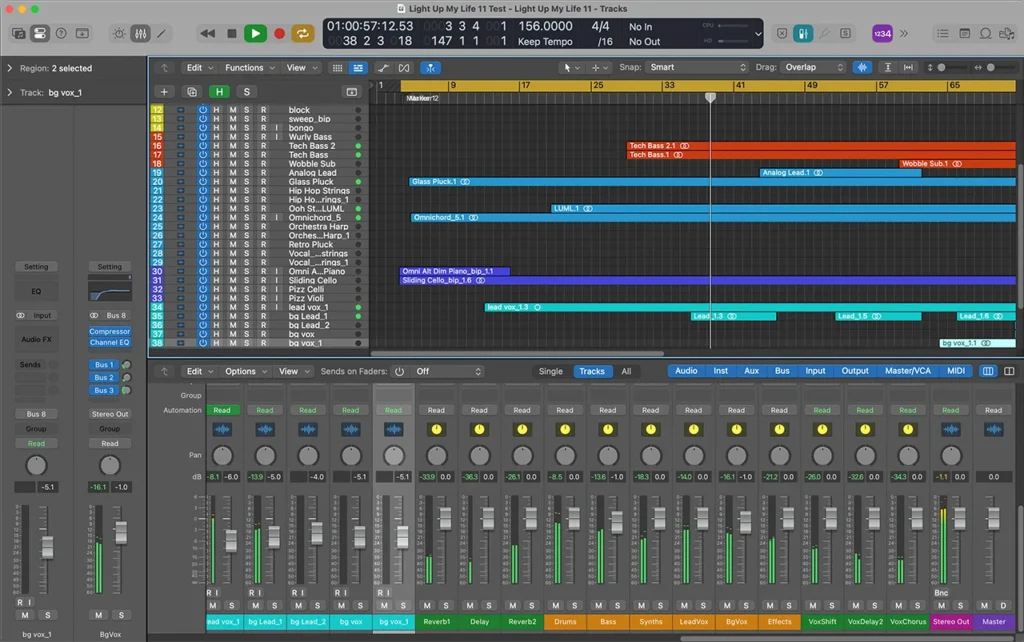
Logic Pro’s Impact on Music Production
Logic Pro has had a profound impact on the music industry, empowering creators of all levels to bring their ideas to life. Its combination of professional-grade tools, intuitive workflow, and affordability has made it a favorite among:
- Songwriters and Composers: Logic Pro’s MIDI capabilities, virtual instruments, and scoring tools make it ideal for writing and arranging music.
- Producers and Beatmakers: With features like Drummer, Live Loops, and Alchemy, Logic Pro is a powerhouse for electronic music production.
- Audio Engineers: The mixing and mastering tools in Logic Pro are second to none, making it a top choice for post-production work.
- Film and Game Composers: Logic Pro’s Dolby Atmos support and advanced scoring tools make it a go-to DAW for multimedia projects.
Why Logic Pro Matters
Logic Pro’s history is a testament to Apple’s commitment to empowering creativity. From its early days as a niche MIDI sequencer to its current status as a globally respected DAW, Logic Pro has consistently pushed the boundaries of what’s possible in music production.
What sets Logic Pro apart is its ability to balance power and simplicity. It’s a DAW that’s deep enough for professionals yet accessible enough for beginners. Whether you’re crafting your first beat or producing a chart-topping hit, Logic Pro provides the tools you need to succeed.
Final Thoughts
Logic Pro’s journey from a small German software company to a cornerstone of Apple’s creative ecosystem is a remarkable story of innovation and evolution. Its impact on music production is undeniable, and its future looks brighter than ever. If you haven’t yet experienced the magic of Logic Pro, there’s no better time to dive in. Fire it up, let your creativity flow, and see why Logic Pro remains a studio staple for creators around the world.

